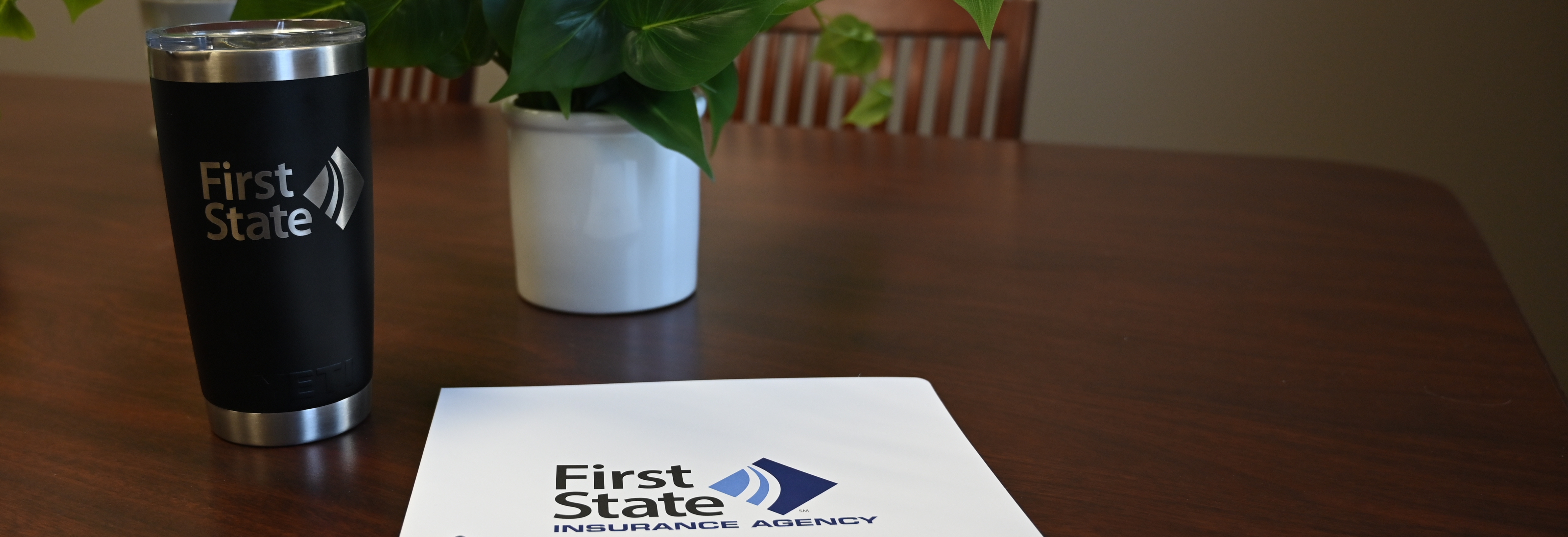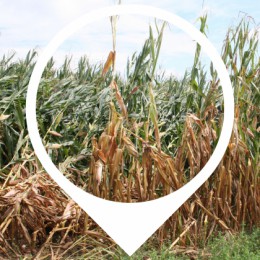
Understanding the Hard Insurance Market
Navigating the complexities of the insurance market can be challenging, especially during what is known as a ‘hard market.’ But what exactly does this mean, and how does it affect you as a policyholder? Let’s delve into the details.
What is a hard insurance market?
A hard insurance market refers to a period where insurance premiums rise, coverage options become more restrictive, and insurance companies adopt a more cautious and selective approach to underwriting policies. This shift typically occurs in response to higher claim costs, increased risks, or economic factors affecting the insurance industry.
How long does a hard market usually last?
Hard markets are cyclical. They are often followed by a period where premiums stabilize, coverage becomes more available, and insurance companies compete more aggressively for customers. We are likely to experience the hard market for the next 2-3 years, although it could be longer if we face severe storm seasons or other exacerbating factors.
Why is insurance still critical?
While hard markets can lead to higher premiums and reduced options, it’s important to remember that insurance remains a crucial tool for managing risk and protecting assets.
To help you get through the hard market, we advise you to stick with your current insurance company unless there are extraordinary circumstances. We recommend this because carriers announce rate increases at different times throughout the year. Switching carriers might lead you to face a similar or even higher rate increase shortly after you switch. Reasons for this could be:
- Claims service: The quality of claims service can vary significantly between carriers.
- Coverage and endorsements: Not all policies are the same; coverage details and endorsements can differ.
- Policy language: The specific terms and built-in coverages in your policy can vary between insurers.
Why are we in a hard market?
The current hard market is driven by several factors across different types of insurance.
- Auto Insurance:
- Accident severity: Collision severity has increased by 40% since 2019.
- Medical costs: Bodily injury severity has risen by 35% since 2019.
- Inflation: Increased costs and reduced availability of vehicles and parts lead to higher claim payouts.
- Reinsurance costs: Insurance companies also need insurance, known as reinsurance. Due to the frequency and severity of storms over the last decade, reinsurance rates have increased by 30-80%, and these costs are passed on to consumers.
- Home Insurance:
- Volatile weather: More frequent and severe weather events are resulting in a higher number of claims.
- Inflation: The cost of building materials and construction inputs has risen by 38% since February 2020.
- Reinsurance costs: Similar to auto insurance, home insurance is also affected by increased reinsurance rates due to severe weather events.
What else should you be aware of?
- Risk of cancellation: Your policy could be more at risk of cancellation if high-risk behavior or poor property/vehicle condition is apparent.
- Difficulty in finding replacement coverage: If your policy is canceled due to non-payment or other reasons, it may be harder to secure new coverage.
Understanding the dynamics of a hard insurance market helps in making informed decisions about your coverage. While it might be tempting to shop around for a better deal, it’s often wiser to ride out the hard market with your current insurer, ensuring you remain protected while the market eventually stabilizes. Stay informed, maintain good property and vehicle conditions, and keep up with your premium payments to navigate these challenging times effectively.
If you have any questions or concerns about your policy or the current market conditions, don’t hesitate to reach out to your trusted insurance agent. Our team of experts can provide personalized advice and help you understand your options, ensuring you have the coverage you need during these uncertain times.
July 8, 2024 by First State Insurance Agency







